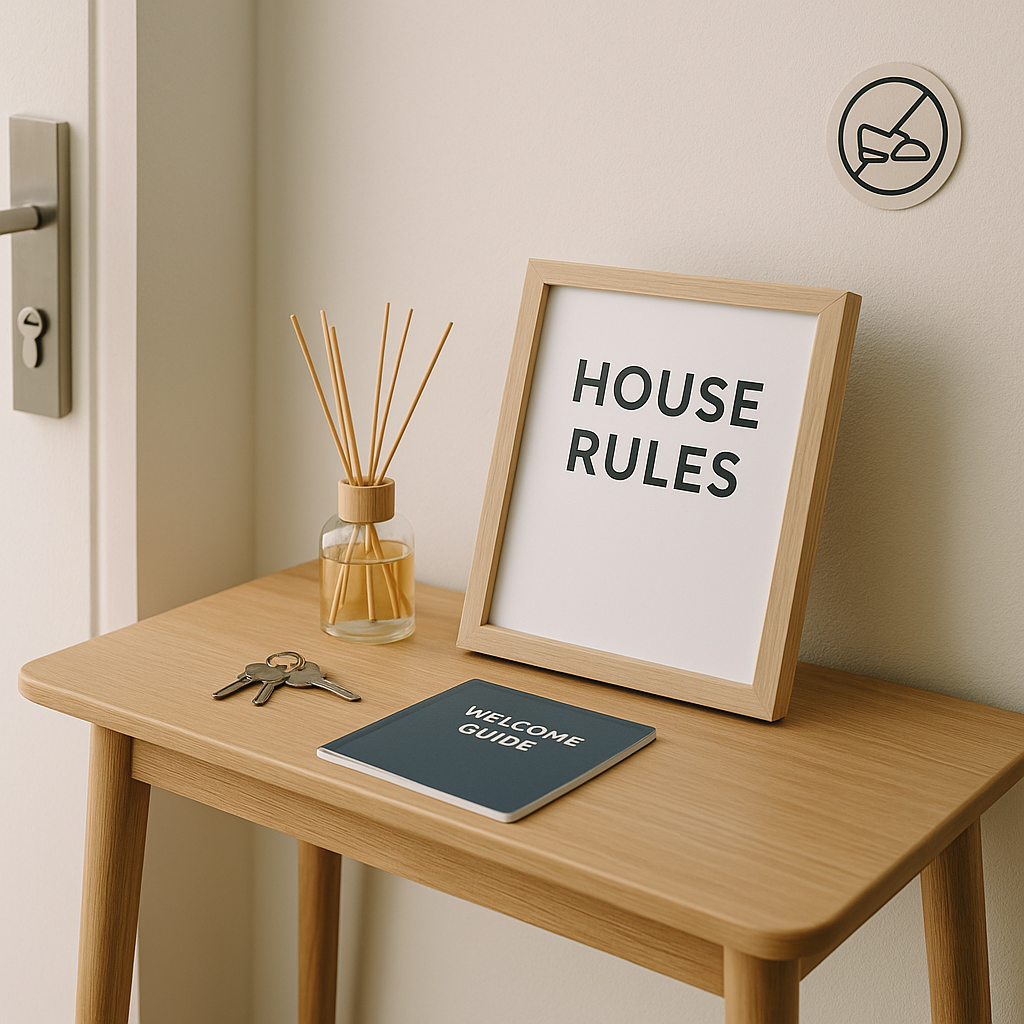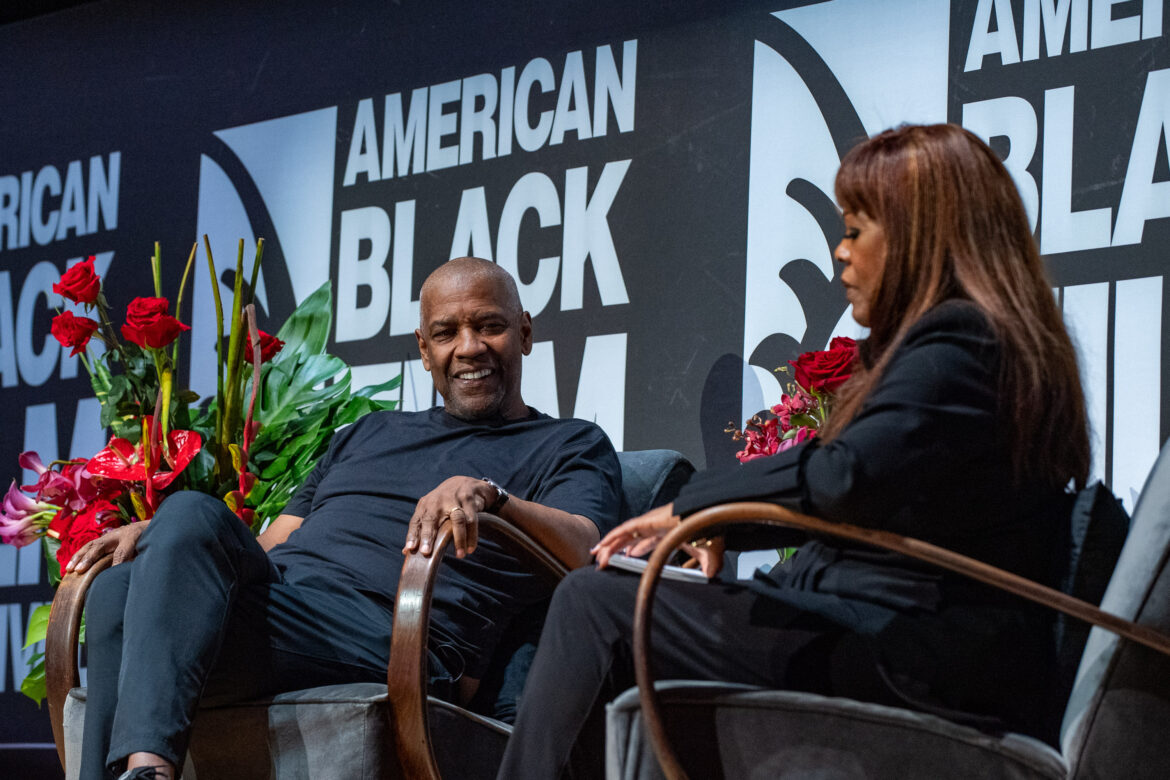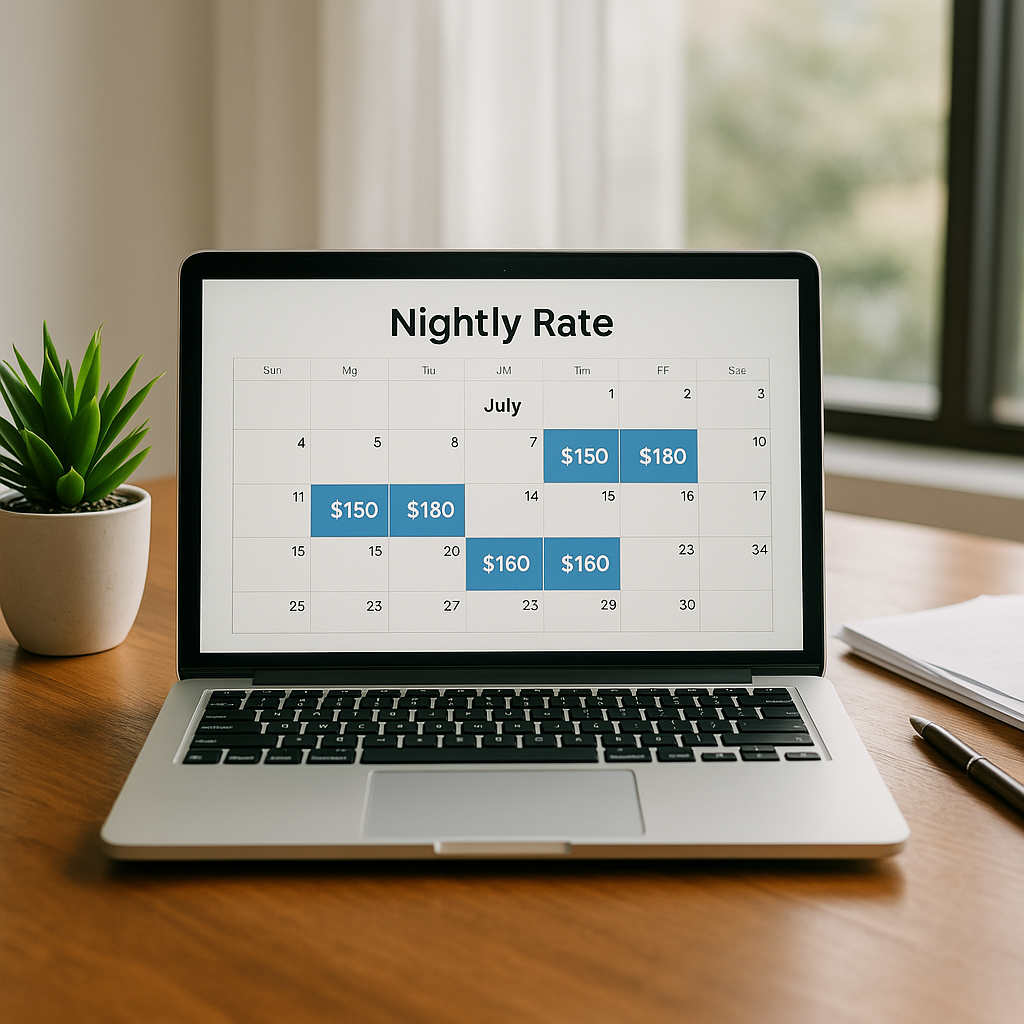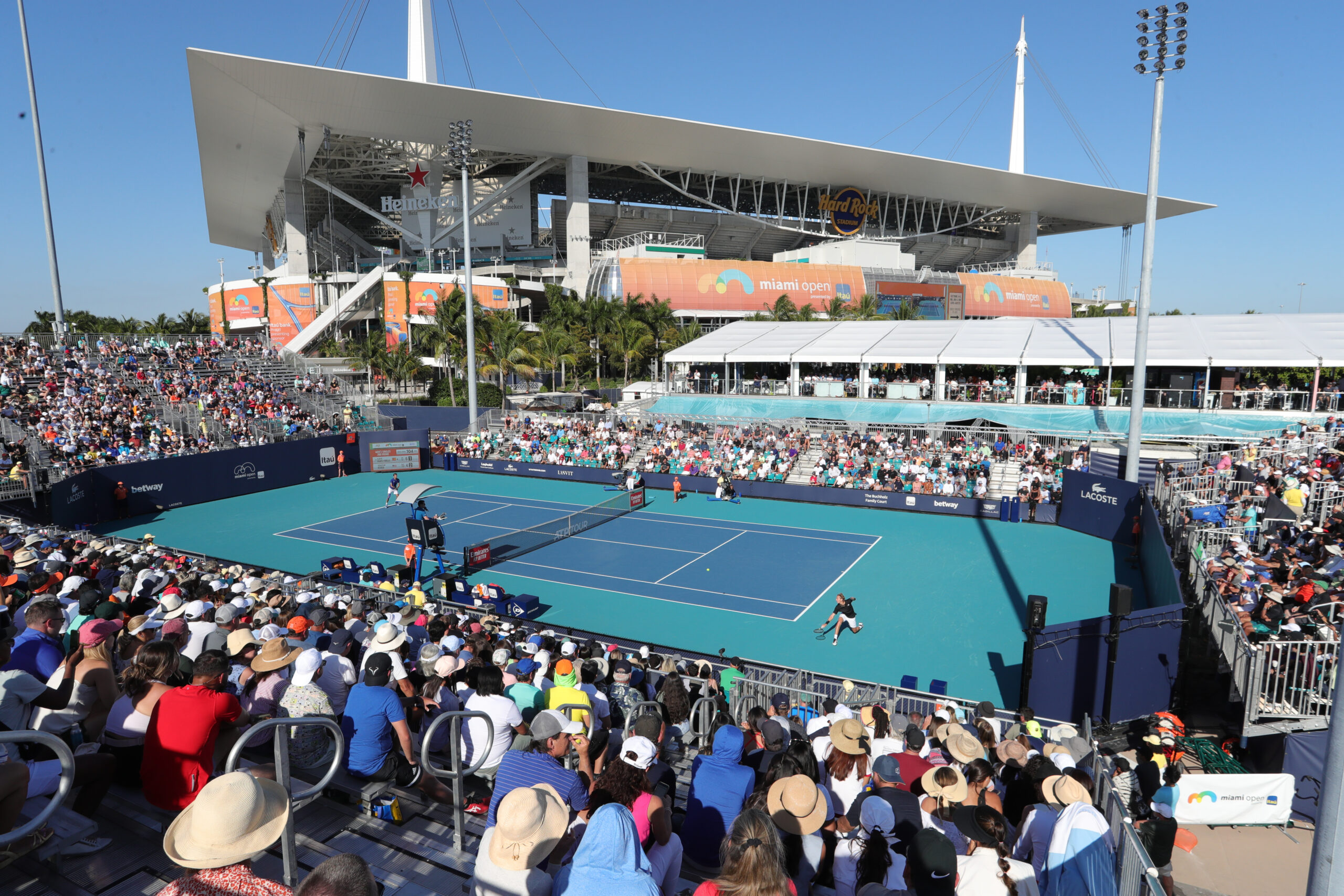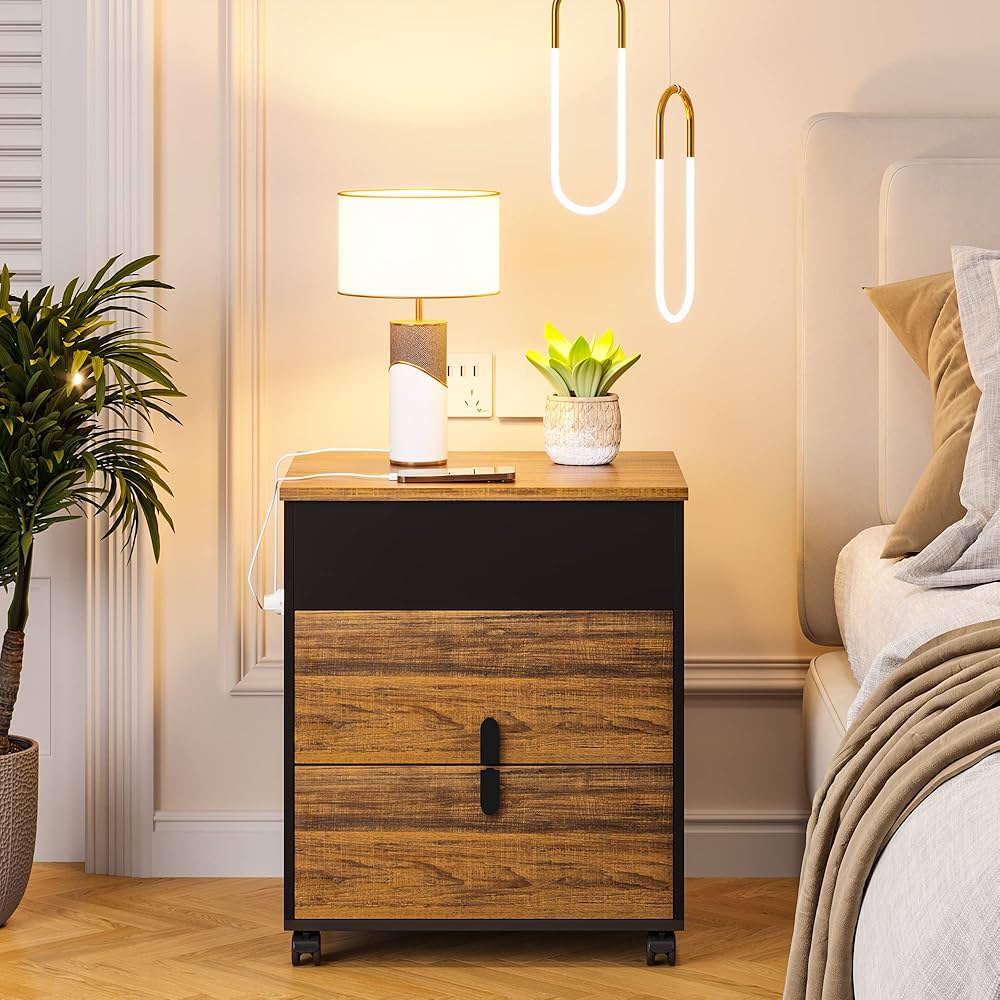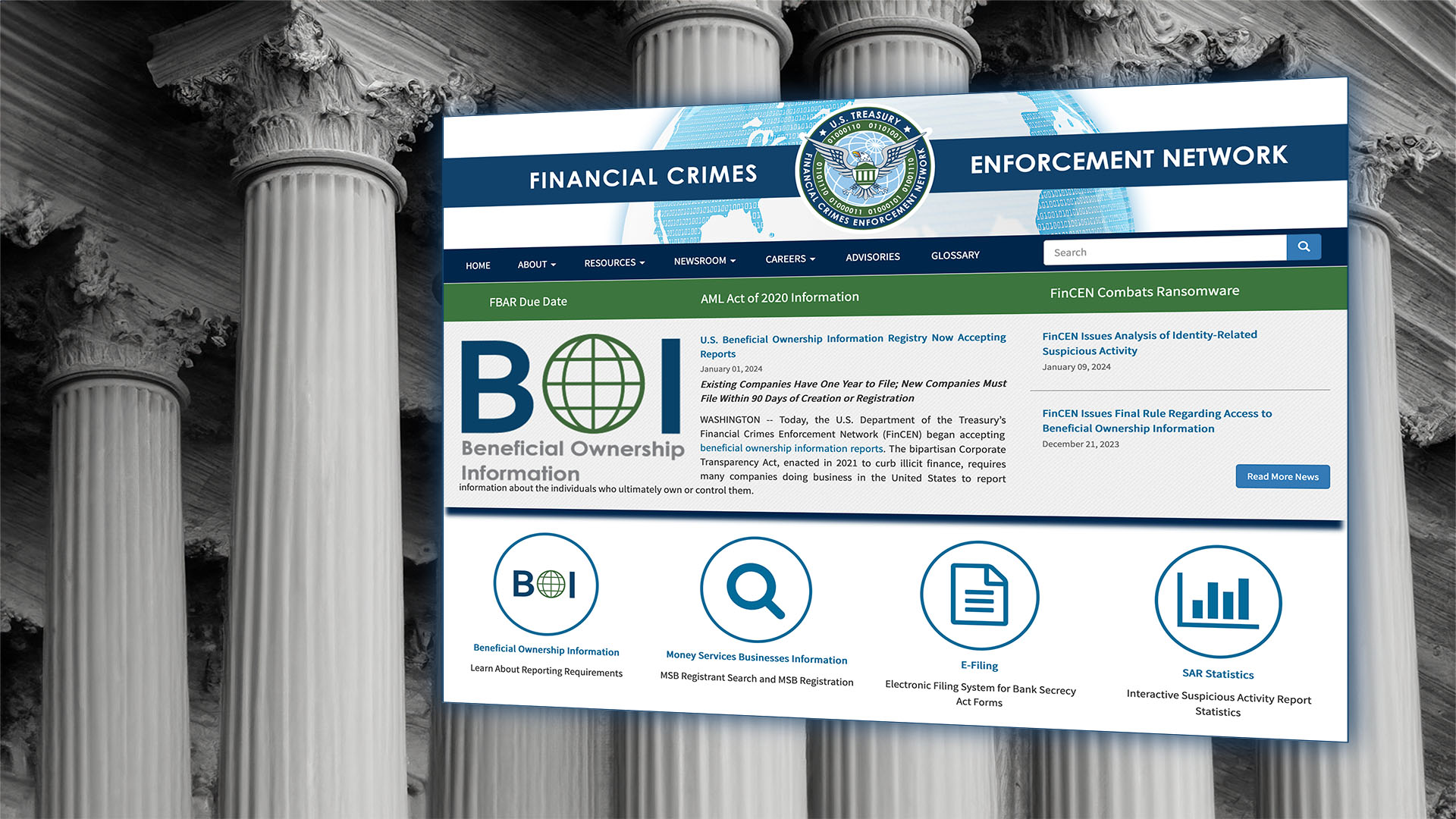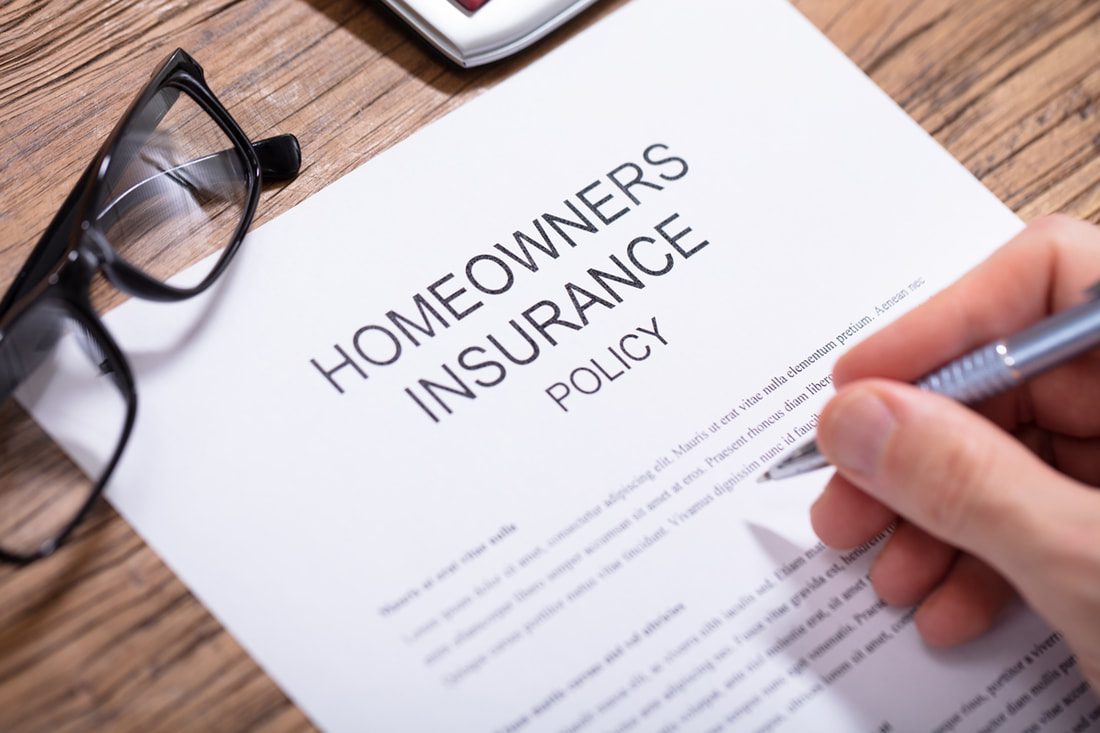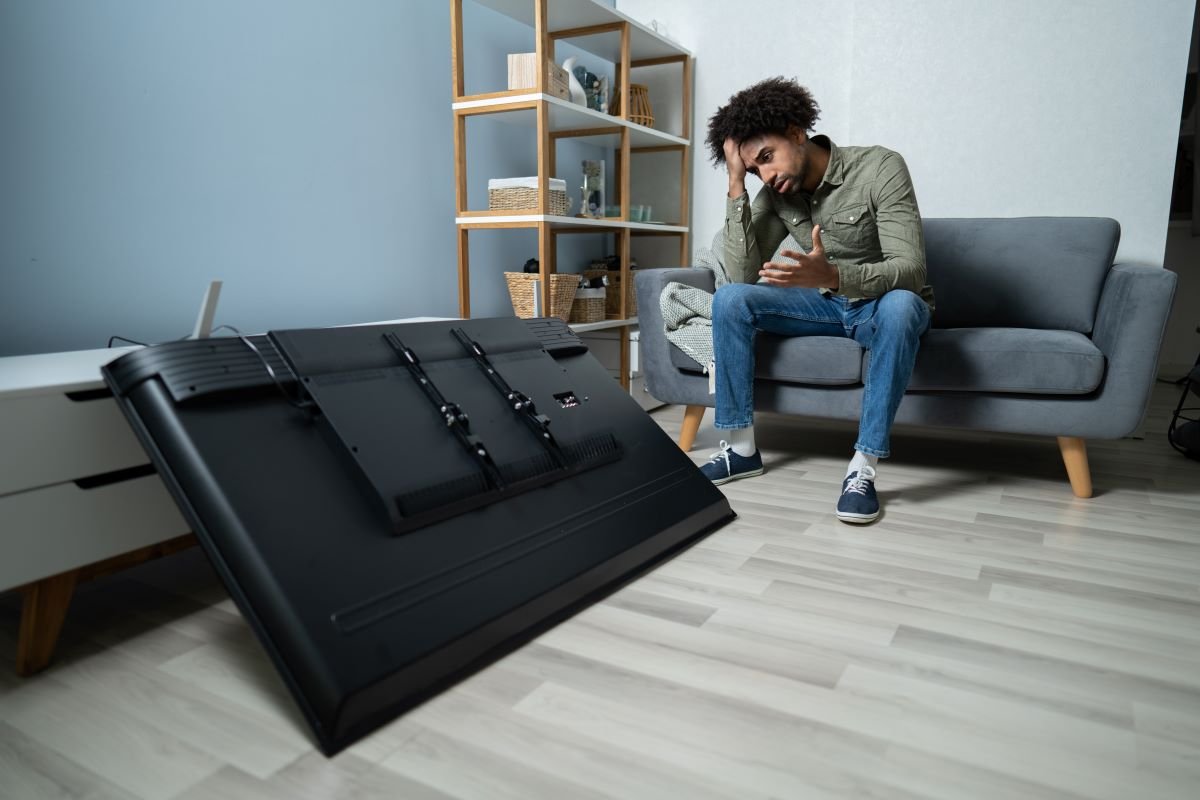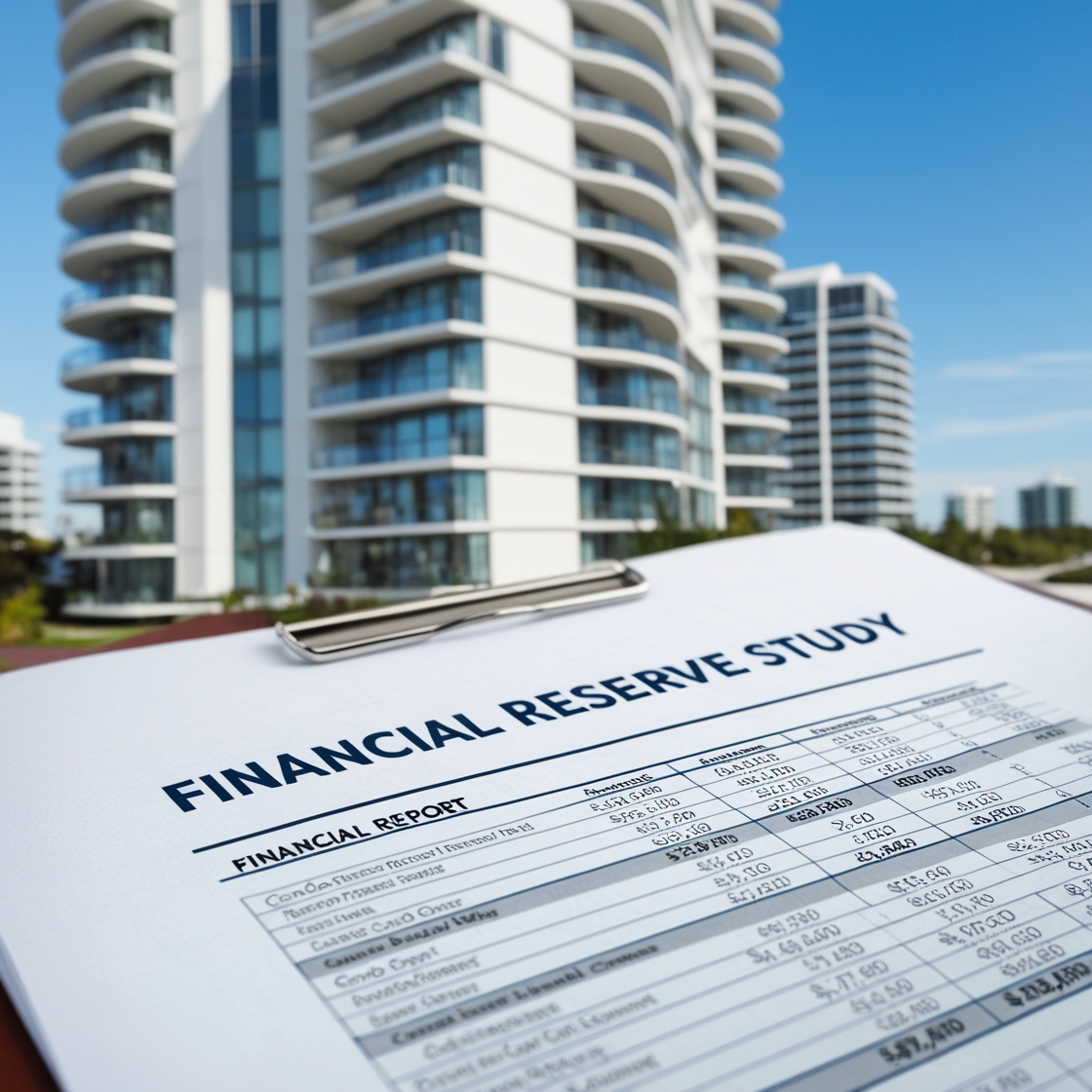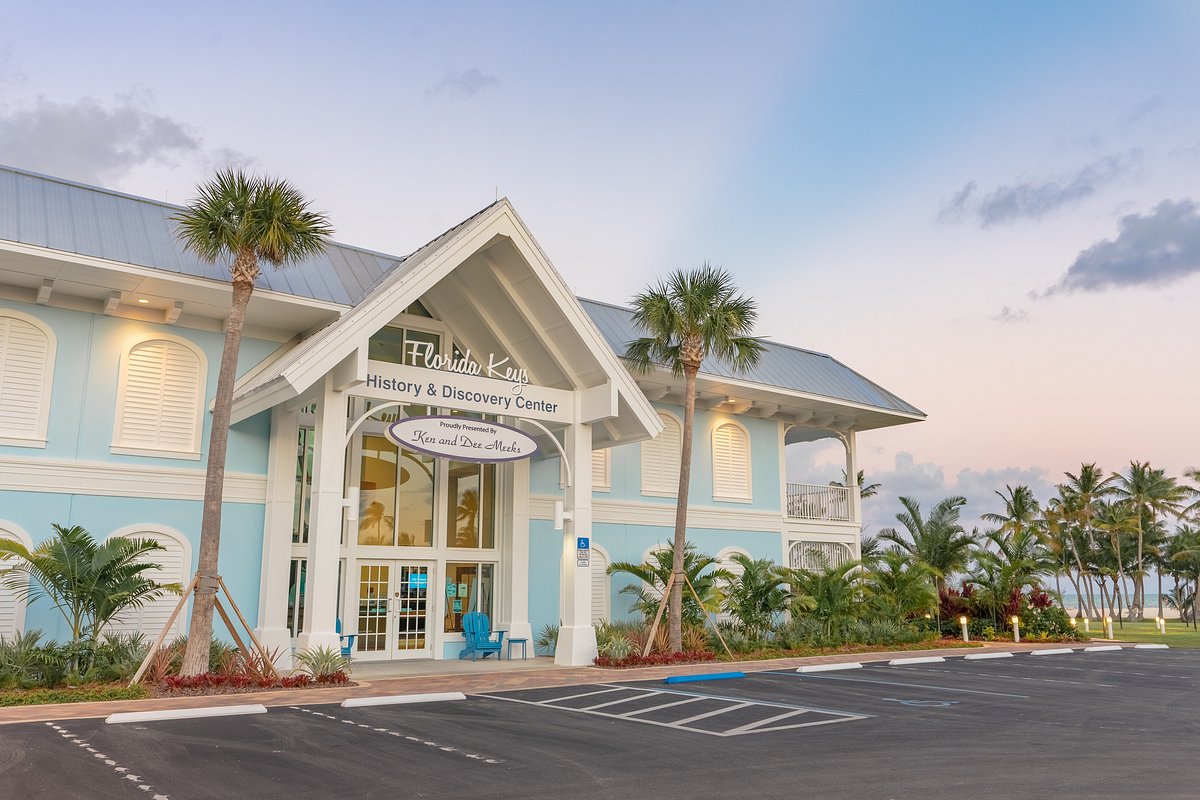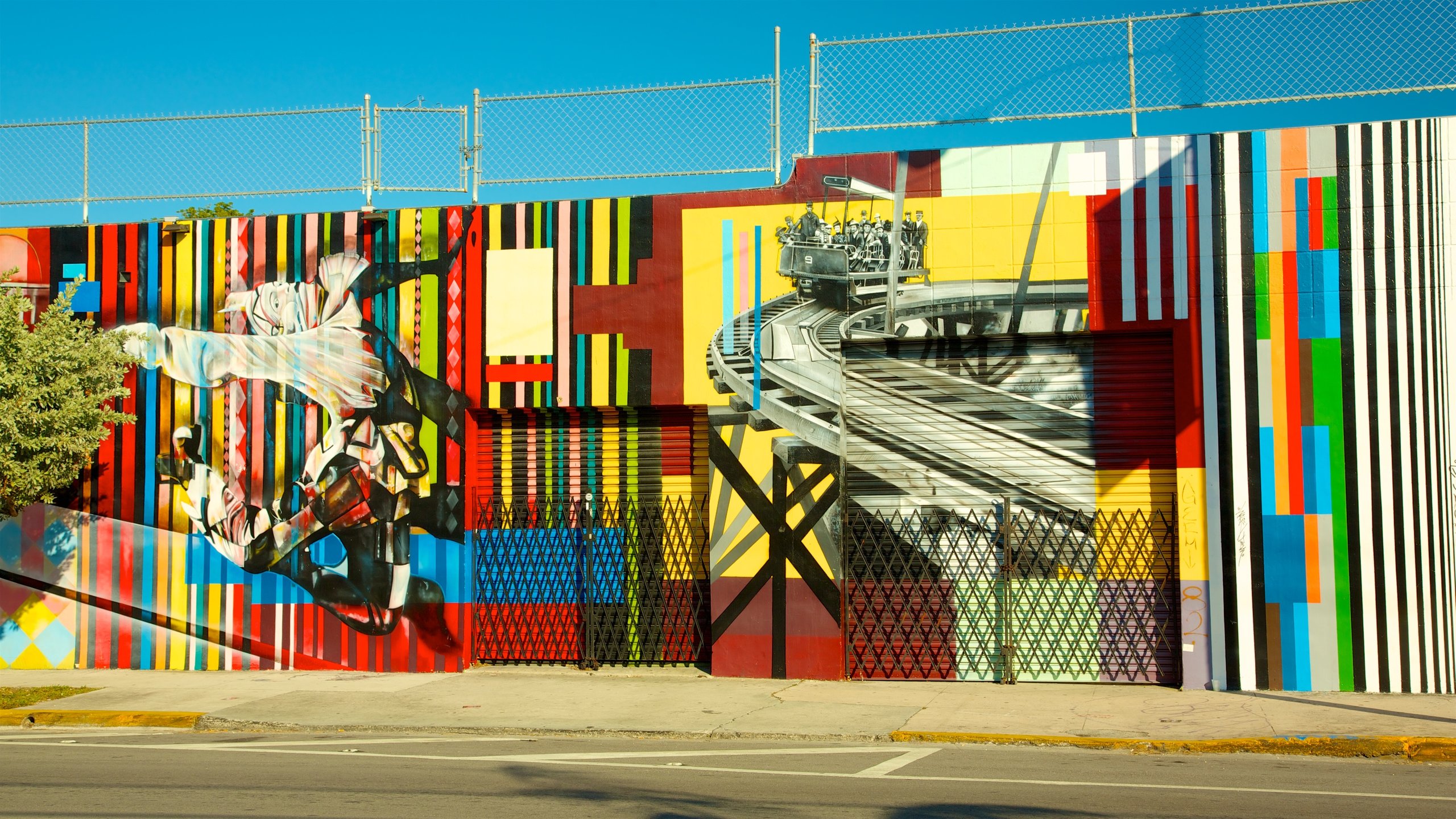If you live in a community with a Homeowners Association (HOA) or Condominium Association, you know how much power your board has over your quality of life. A well-run board keeps things running smoothly—maintaining amenities, balancing the budget, and making decisions that protect property values. But when a board becomes dysfunctional? It can drag an entire community down, causing financial strain, frustration, and even legal trouble
As someone with 17 years of experience in property management, I’ve seen firsthand how a toxic board can lower property values by as much as 5-15%. The good news? There’s a way to turn things around. A proven approach called principled negotiation—outlined in the classic book Getting to Yes by Roger Fisher, William Ury, and Bruce Patton—can help HOAs resolve conflicts, rebuild trust, and make decisions that benefit everyone.
The High Cost of a Dysfunctional Board
Here’s how a poorly run board can hurt property values:
1. Delayed Maintenance Hurts Home Values (-10-15%)
When board members spend more time arguing than making decisions, major repairs get pushed back. Peeling paint, cracked sidewalks, and neglected landscaping send a message to buyers and appraisers: this community isn’t well cared for. Over time, that neglect translates into lower property values.

2. Legal Battles & Higher Fees (-5-10%)
Board infighting often leads to lawsuits—whether it’s between board members, against the management company, or with residents. These legal expenses, plus rising insurance premiums, drive up HOA fees, making the community less attractive to potential buyers.

3. Reputation Damage (-5-10%)
Prospective buyers do their homework. If they see a history of mismanagement, resident complaints, or high board turnover, they’ll think twice before purchasing. A bad reputation shrinks the buyer pool and weakens property values.

4. Management Turnover Creates Instability (-5-7%)
A revolving door of management companies means inconsistent policies, billing issues, and project delays. Frequent changes can make a community feel unorganized—another red flag for buyers and investors.

5. Low Board Participation Leads to Poor Decisions (-5-10%)
When just a few board members call the shots, the risk of biased or uninformed decisions goes up. This can lead to financial mismanagement, unfair rule enforcement, or vendor contracts that don’t serve the best interests of the community.

Beyond Property Values: The Human Impact
A dysfunctional board doesn’t just hurt home values—it affects people.
- Resident & Staff Stress: Constant conflicts and poor communication create frustration and distrust.
- Neighbor Tensions: When board issues spill into the community, it divides residents.
- Financial Strain: Higher fees, special assessments, and unresolved maintenance put pressure on homeowners.

The Getting to Yes Solution: Negotiating for a Stronger Community
So, how can an HOA board break free from dysfunction? The principles in Getting to Yes provide a roadmap:
1. Separate People from the Problem
Board conflicts often turn personal. Instead, shift the focus to solving governance challenges as a team.
2. Focus on Interests, Not Positions
Instead of digging into opposing stances (“We need a 10% fee increase!” vs. “No new fees!”), uncover the underlying concerns (financial stability vs. affordability). This leads to win-win solutions.
3. Create Options for Mutual Gain
Encourage broader participation—committees, resident feedback sessions, and town halls help ensure balanced decisions that reflect the whole community’s needs.
4. Use Objective Criteria
Establish transparent budgeting, external audits, and clear vendor selection processes. This keeps decision-making fair and accountable.
By applying these principles, boards can transform from dysfunctional to effective—making better decisions, improving relationships, and protecting property values.
Let’s Talk

By Astrid Mota
With 17 years in property management, I specialize in community leadership, financial oversight, and creating win-win solutions for HOAs. I’m passionate about helping communities thrive—because a well-run HOA doesn’t just protect property values, it improves quality of life.
Have you experienced the impact of a struggling HOA board? What worked—or didn’t work—in your community? I’d love to hear your thoughts.
📩 Email me at info@gqmgmt.co










